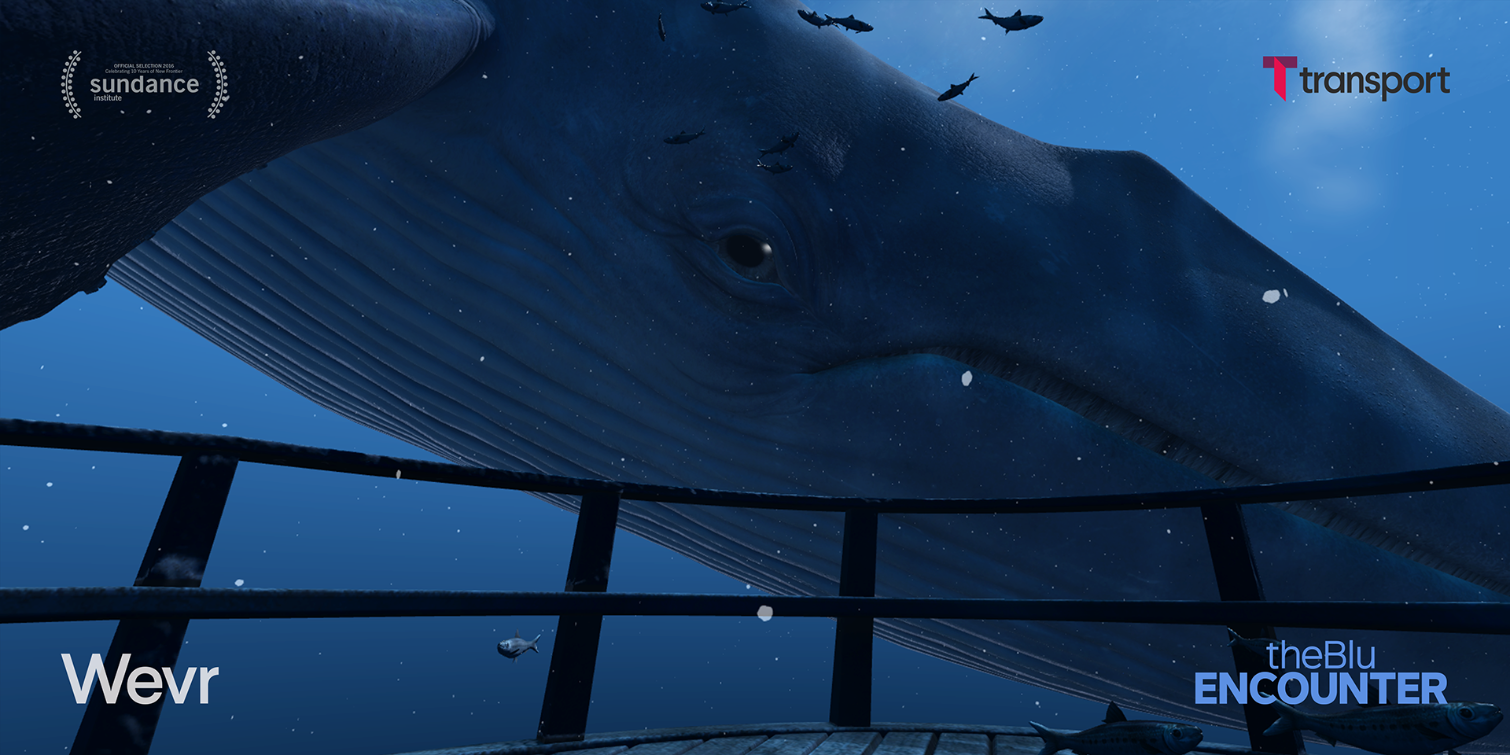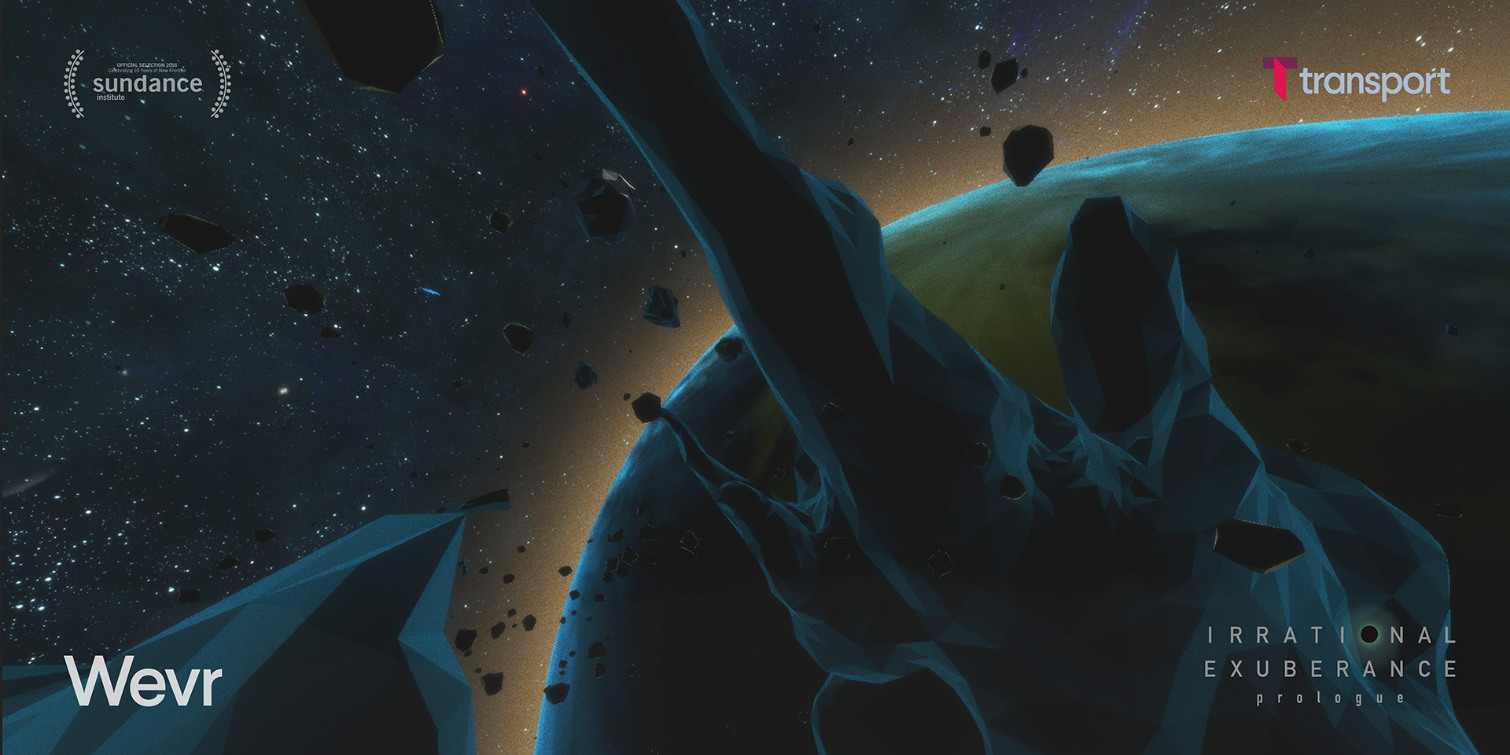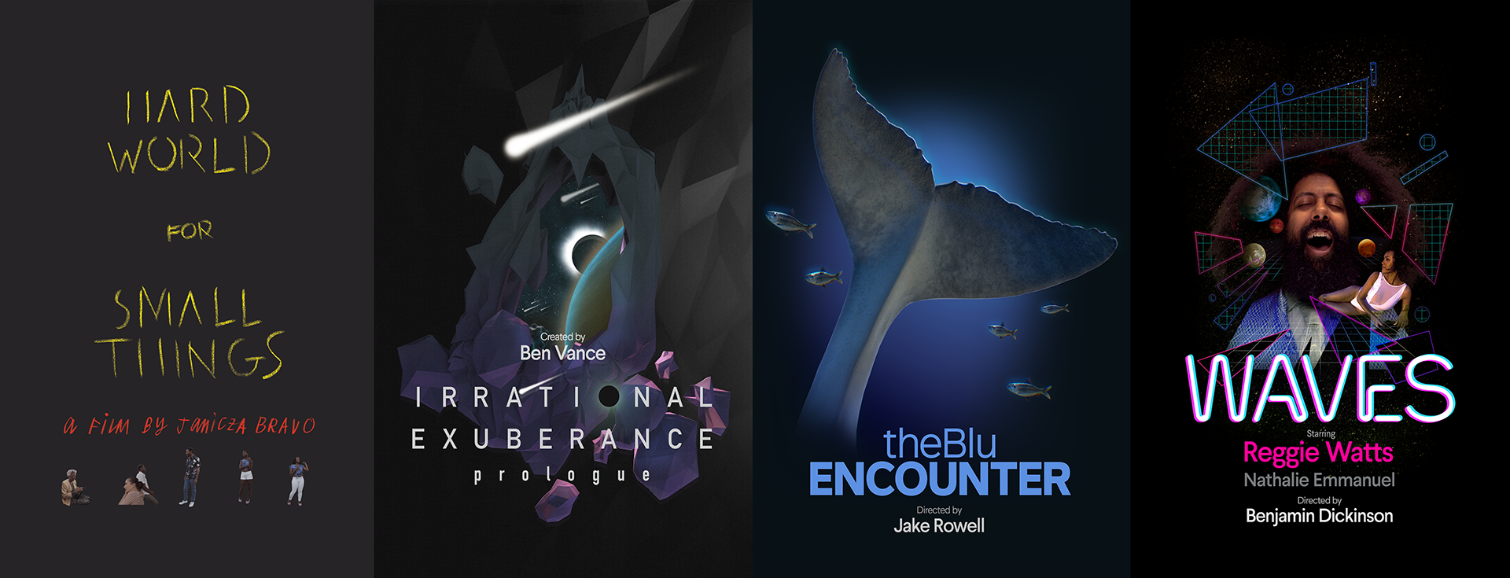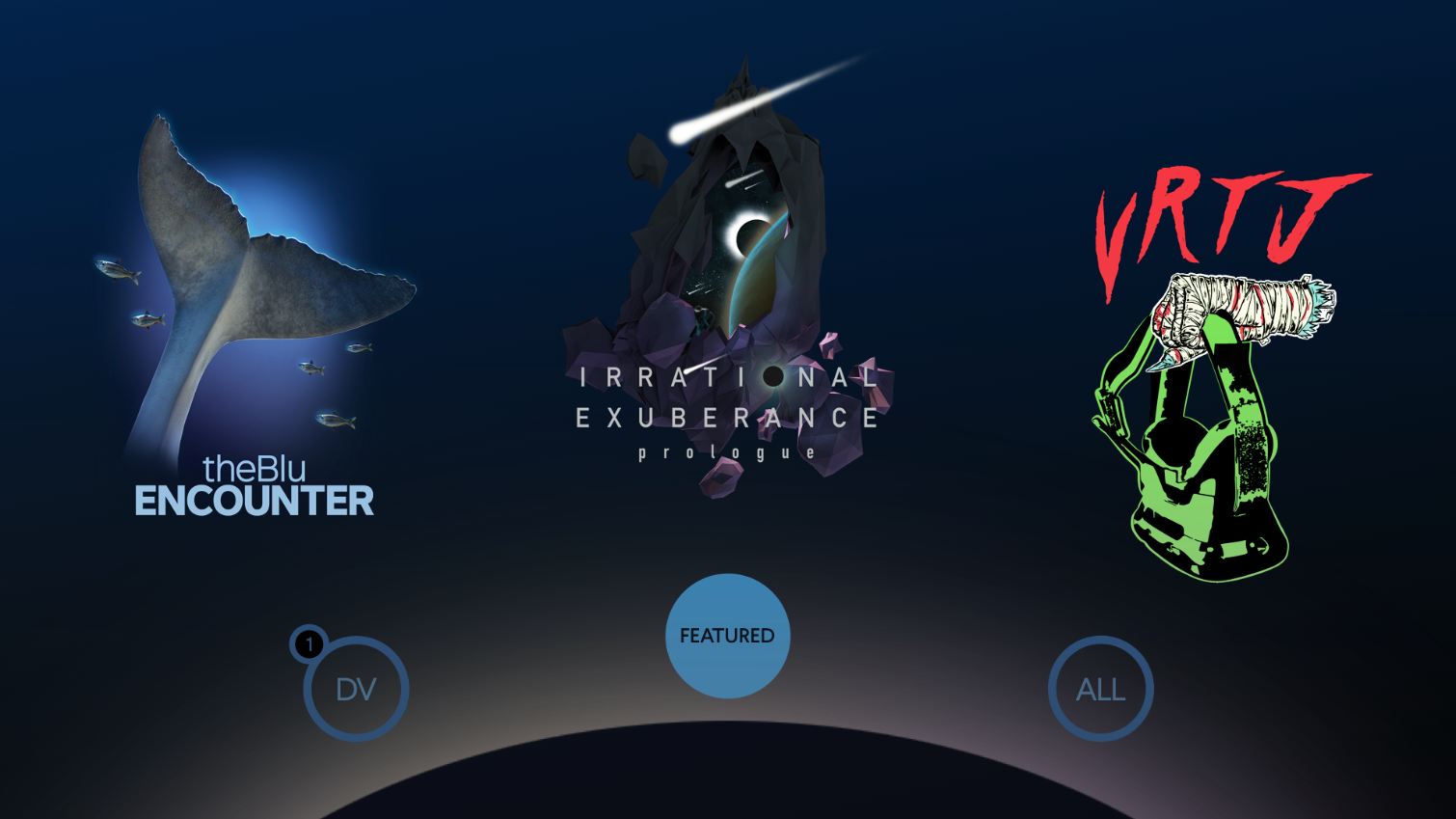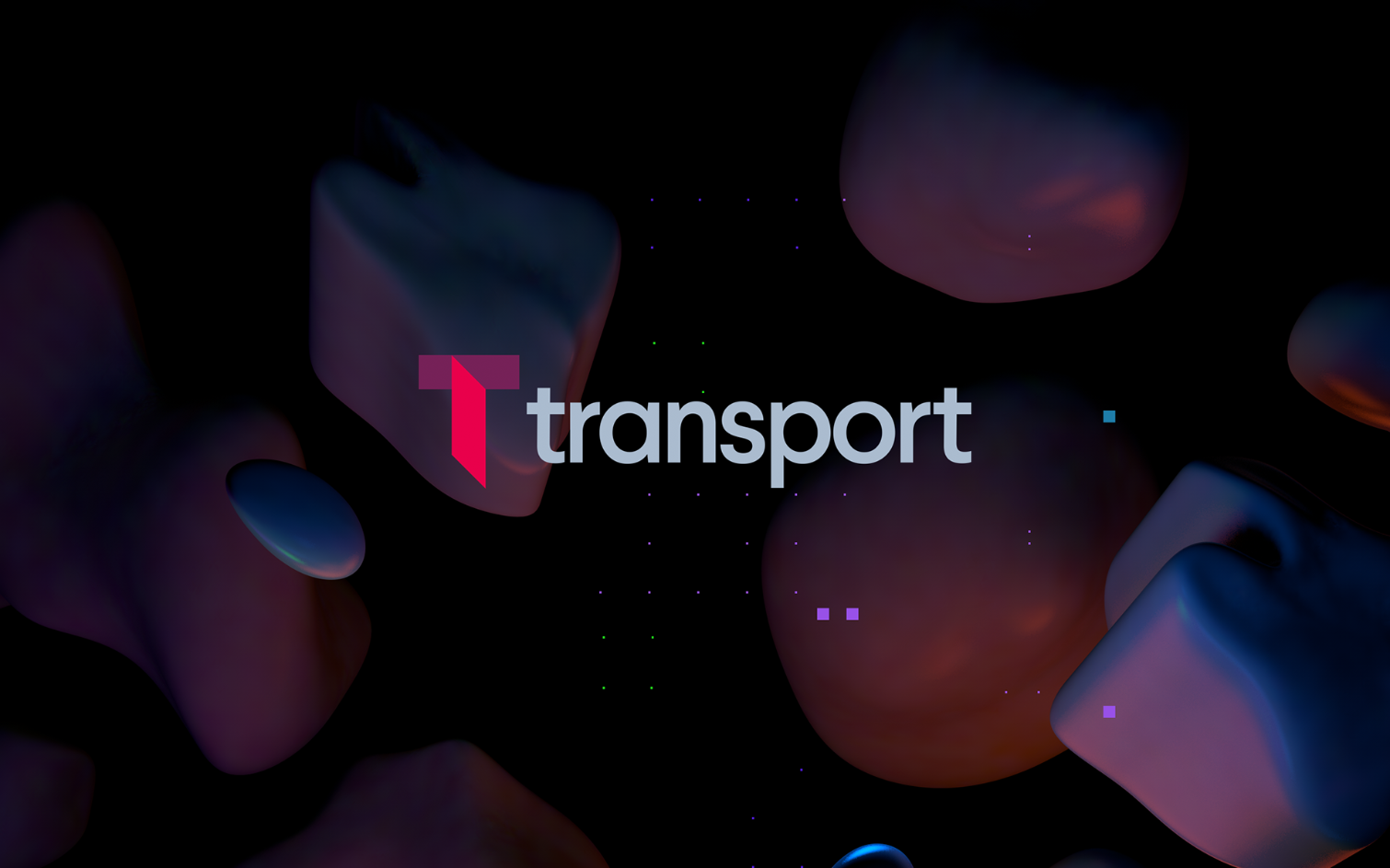Wevr's Transport Content Platform Doesn't Want To Be The YouTube Of VR
My very first real VR experience was with HTC’s Vive last year, and the first demo I tried was theBlu: Encounter, an awe-inspiring two-minute demo where you come face-to-face with a giant blue whale in VR. This demo was, and still is, the lead demo when HTC and Valve introduce people to the Vive, and it was created by Wevr, one of the elite group of studios Valve asked to create a room-scale VR experience for the Vive’s debut. Then later in the year, I was again blown away by a VR demo created by Wevr -- this time its John Wick VR Experience. Suffice it to say that Wevr is an important and significant player in the whole VR revolution.
Wevr doesn’t just create VR gaming experiences such as the ones we tried; it has also partnered with various artists to help them create unique VR content, such as Reggie Watts, whose VR piece WAVES was premiered at the 2016 Sundance Film Festival. Wevr also partnered with Skybound Entertainment (creators of The Walking Dead) and Samsung to make the Gone interactive VR production that goes beyond being simply a 360-degree VR video.
More Than Just A VR Studio
Wevr also wants to be more than just a studio making VR content -- it wants to build a community of VR creators, and it started that journey almost a year ago with its OnWEVR initiative that is a $1 million VR grant program for VR content creators. Later in the year, we met with Wevr and were told that it was working on something much bigger than just providing money to creators. Wevr was building an entire VR platform, which was announced last week as Wevr Transport, an independent “curated content network for VR creatives to showcase their work, grow an audience, and encourage dialogue between the two.”
In addition, Wevr has raised over $25 million from investors such as HTC, Samsung Ventures, Evolution Media Partners, Madison Wells Media, Orange Digital Ventures, Digital Garage, AME Cloud Ventures, Boldstart Ventures, Scott McNealy and Ross Levinsohn. The significance of the funding is that it gives Wevr a big pool of funds to draw from to build Transport. The funds also allow it to “bear hug creatives, by providing financial or technical support, or just celebrating the work because they’re part of our tribe,” read Wevr Co-Founder and CEO Neville Spiteri’s blog about Transport.
Transport: Not The YouTube Of VR
We were able to talk to Spiteri about Transport ourselves, and the first question we asked is how Transport differs from other VR content distribution platforms, such as YouTube, Littlstar, Samsung’s Milk VR and others. He told us that an important differentiation is that Transport isn’t just about VR video, because it doesn’t start with the video, but the content creator themselves.
Transport is a “community platform” that helps build on Wevr’s mandate to help and grow the VR community and is designed to deliver all kinds of VR content to audiences. Spiteri told us that, “Rather than limiting ourselves to only video, we wanted to create a platform that is really about super-serving the VR creative community – embracing their creative visions and helping present and distribute their content, so [Transport] is quite a bit broader than just another video platform.”
That means we can expect to see more than just 360 video on Transport, but also VR experiences created in game engines like Unity and Unreal. One thing we shouldn’t expect is what we’d consider games in the traditional sense.
Get Tom's Hardware's best news and in-depth reviews, straight to your inbox.
Wevr plans to make Transport a device-agnostic VR platform that’s accessible on multiple VR hardware platforms, from Google Cardboard and Gear VR all the way up to the Oculus Rift and HTC Vive. When asked about how it would work with the existing distribution systems on each of those platforms, we were told the Transport will “play nice with all of the existing stores.” However, Spiteri did not elaborate on this, so we envision that there will be a free downloadable Transport player on each respective store on which you can view Transport content.
The Record Label of VR
This focus on the VR creator above all else is what sets Transport apart from competing VR content platforms, along with the fact that the content on it is going to be heavily curated (more on that later). Wevr wants to work with talented artists with “great visions” for VR and take them through all the stages of VR content creation, from working on the initial concept to co-financing to providing technical tools and production support, and “ultimately promotion” on the platforms that Transport supports.
One of the artists that is going to be coming to Transport is Phil Tippet, an “old school” Academy Award-winning visual effects artists best known for his stop-motion work on the original Star Wars trilogy and CGI work on Jurassic Park and Starship Troopers. Spiteri told us that Tippet has become passionate about VR, and Wevr has been sharing its knowledge with him to help create some amazing VR experiences.
When we asked how Wevr plans to combat the explosion of expected “bad VR” once VR creation tools reach a more consumer-friendly price point, Spiteri admitted that bad VR is going to happen. Because platforms like YouTube have no curation, it's going to be very easy for someone to watch a video on their Cardboard that makes them sick. However, with Transport’s curated content, Wevr can “ensure that everything on Transport is not only comfortable and doesn’t make you sick, but actually represents a certain quality bar.”
Based on the above, we asked Spiteri if it would be fair to say that with Transport, Wevr is looking to be more the "record label" of VR (or perhaps film studio), rather than the YouTube of VR, and he agreed. He told us that despite all the condemnation labels have received over the years, the label serves a specific function -- to provide added value for artists. "If a label is successful, it's successful by making its artists successful."
Transport Technology Details: A Work In Progress
We asked, of course, but Spiteri wasn’t able to share too many technical details with us on our call. We do know that Transport is comprised of three core elements -- Transport Apps, Transport Cloud, and Transport Engine -- but he would not elaborate on them in any depth. He said that at the moment, Wevr’s focus is on announcing the platform and the funding it’s received, and that Wevr is now in the position to “accelerate Transport and accelerate its feature set.”
Going back to the core tenet of Transport being all about the VR creative community: As a platform, it has to be inclusive of all kinds of VR content, and it must technically be able to support everything from pure 360-degree video to advanced game engine-built room-scale VR experiences. Because Wevr already has a history of creating VR content at all levels, it will be able to apply that knowledge to the technology it is creating for Transport.
With the different types of VR having different requirements (from a hardware performance perspective), we asked how Wevr plans to ensure the same level of quality on all the platforms it supports. Spiteri told us that Transport isn’t, of course, going to be able to magically make your Gear VR play back high-end VR at 90 fps. It will still be up to creators to optimize their content, with help from Wevr, for each targeted platform. Because of this, he does think that the value of Transport, at least initially, is going to be for those needing tools to “create interactive cinematic experiences that largely use video,” rather than game engine VR content.
In a follow-up email response, Wevr elaborated a bit more on Transport’s technical features, and some of those include 3D-positional binaural audio, the ability to layer multiple videos, interactivity and hotspots (or story triggers) within 360-video, combining real-time and CGI elements in VR, and more. Part of Transport’s technology is a media format that, the company said, “allows creatives to author all these elements in a standard way that guarantees high performance on any platform.”
Spiteri also told us that this media format is going to be opened up to the community. Wevr is committed to Transport being an independent and open platform, and we were told that is reflected in a number of ways, including having competitors like HTC and Samsung investing in it, and ensuring that the aforementioned format “runs at high-performance on all [vendors'] headsets.”
Transport’s Business Model
According to Spiteri, Wevr recognizes that 2016 it is still year one of VR, so despite all the enthusiasm, it doesn’t expect to see more than a few million headsets on the market in 2016. They believe that VR won’t grow to become mass-market for at least two years. So Transport’s business model today is not about extracting as much as it can from this early VR creative community – its model, in fact, is to invest in content that will be made available for free. “The most important thing for us in our [current business] model is to be of service to the VR creative community and help them build their audience,” Spiteri said. Of course, that doesn’t mean that Transport content won’t be monetized in the future.
We also asked if Wevr’s focus on Transport means that it will stop producing its own VR content, and that is definitely not the case. Going back to the record label analogy, Spiteri said that, “If you’re a record label but you’re not spending time with the band, and you’re not making music yourself too, then you’re not going to be a very good record label.” We were told that Wevr will continue to create VR content and continue to learn how to make better quality VR, and Spiteri said it hopes to never stop doing that.
What’s Next For Transport?
You can sign up for the beta on Transport’s site, but it isn’t clear if this is to sign up as a VR content creator or to become a beta tester of the player once there is content available to experience. When we asked Wevr when Transport will come out of beta, and when will there be Transport content for VR users to experience, we were told that Wevr wasn’t ready to announce anything. Wevr will be rolling out its Transport beta program “as additional devices come to market over the coming months.”
We’re cautiously excited about Transport. Its creators have a great pedigree, having created some of the best VR experiences we’ve tried, and it certainly has the funding and the team to build a platform that delivers the best in VR content. In Wevr’s own words, Transport has the potential to be “where brave, inspiring VR is created, consumed and celebrated.” Its commitment to open standards and sharing within the VR community, as well as the fact that it's device-agnostic, is laudable. However, we do hope that Wevr will share more technical details as to how Transport works soon.
Alex Davies is an Associate Contributing Writer for Tom's Hardware and Tom's IT Pro, covering Smartphones, Tablets, and Virtual Reality. You can follow him on Twitter. Follow Tom's Hardware on Twitter, Facebook, and Google+.
-
Quixit I predict they'll be bust in a year. Betting this hard on VR is a bad bet unless you have millions of dollars sitting around that you can afford to gamble.Reply -
Oldbutstillatit ReplyI predict they'll be bust in a year. Betting this hard on VR is a bad bet unless you have millions of dollars sitting around that you can afford to gamble.
Apparently they have Twenty Five Million laying around. -
computerguy72 ReplyI predict they'll be bust in a year. Betting this hard on VR is a bad bet unless you have millions of dollars sitting around that you can afford to gamble.
Failed comment... The article states clearly that they had at least 2 rounds with the last being $25M... So I predict you are bust(ed) right now.
-
cptnjarhead Not sure why people confuse 3dTV and VR. Thinking VR will be a fad or gimmick, and never make it off the ground. VR is a totally different experience, with tech the grows exponentially, because mobile phones and VR are joined at the hip. TV's are an appliance that people hold onto for years, phones are constantly being upgraded. Everyone with a smartphone made in the last year or so has a VR capable device that they carry with them everyday, and with in the next year, most smart phones will have dedicated VR tech built specifically for certain platforms. VR is not only here to stay, but it will evolve very quickly, and O.R. will push the tech even further. Stop focusing on strapping something on your face, and look beyond.Reply
